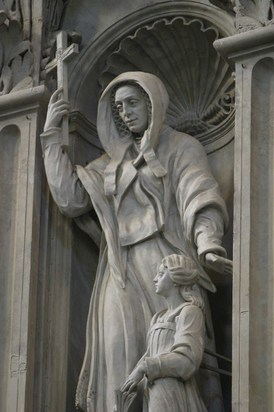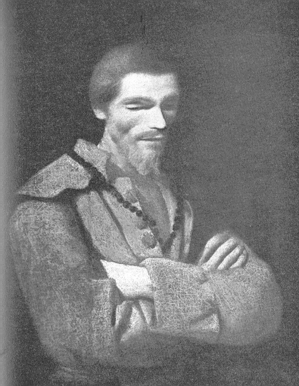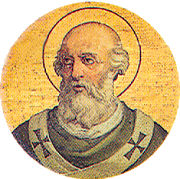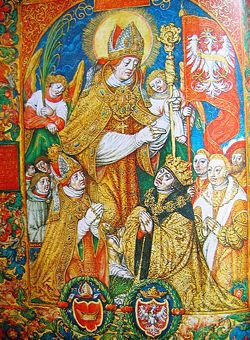First a Benedictine monk then a founder of an order of canons to live under the Rule of St Augustine, the Order of Premontre, the noble Norbert sought to fight heresy, to promote true devotion to the Blessed Sacrament, to dispel spiritual, to defend the papacy, work for peace, to end human indifference and reconciliation among family.
One of the key features to Saint Norbert’s spiritual life and apostolic work was his total reliance on the Lord to direct everything. He realized that his own skill set was insufficient to do much with Christ. That’s why a true Norbertine vocation is lived with one’s face turn toward the Eucharistic Lord and his feet and hands sustaining the Church.
Norbert was also the archbishop of Magdeburg. As archbishop, Norbert collaborated with the likes of Saints Bernard and Hugh in the reformation of the clergy and effecting ecclesial unity. Norbert died on this date in 1134.
Through Saint Norbert’s inspiration and prayer may we be servants of the Church outstanding in prayer, pastoral zeal and love for the people of God.








